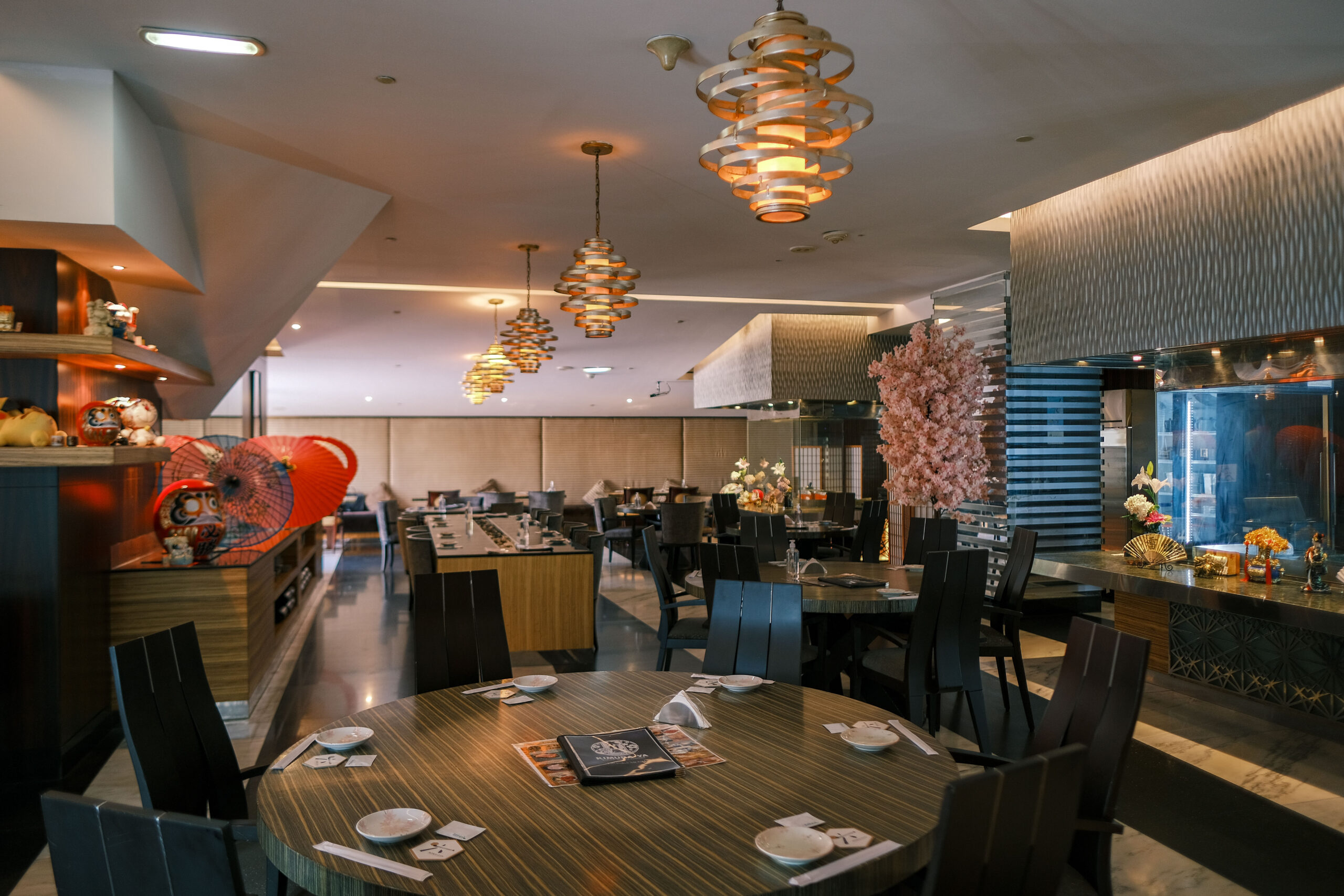The Japanese type of dining is a traditional way by which Japanese are eating food from many centuries and till date as well. In dining restuarant of Japanese cuisine you can also find these types of arrangements for making it really authentic and genuine for your meals.
What is Japanese-style dining?
In a teishoku, or Japanese set meal, each course’s dishes are presented at the same time. Teishoku meals are modelled after the traditional ichiju-issai (or “one soup, one side”) meals served at Zen temples. The original idea originated in one city in Japan, but it quickly expanded, eventually becoming the popular meal sets served in restaurants and cafeterias across the country. There is an expected place for everything in teishoku, just as there is in the West. Generally speaking, you should place the rice on your left, the soup on your right, and the main course in the back of the bowl or plate. The rice is put on the left since that is the traditional location for the more significant items in Japanese cuisine. Still, you’re free to arrange the dishes in whatever sequence works best for you.
While, Teishoku is typically associated with lunch and dinner, some places have begun offering breakfast versions of the tiny meal sets. Teishoku dining can be thought of as the Japanese version of a short home-style meal away from home because eating a meal made of several little dishes is quite similar to Japanese home cooking. It’s a great choice for families with young children and for adults with busy schedules, such as those in the workplace. With Tonkatsu (pork cutlet), yakizakana (grilled fish), and tempura are all examples of teishoku (deep-fried battered fish and vegetables). Souzai, or side dishes, like as salads and Japanese pickles, are served alongside the main dishes and rice on the same tray.
Some Japanese restaurants may have a daily special or two teishoku set selections on the menu. The name of the teishoku set will typically reflect the name of the main dish, giving you a sense of what you’ll be getting. Instead of plain white rice, other types of rice or rice balls stuffed with other components may be provided during certain seasons of the year. There is no second bowl of soup served with meal sets if the main dish is soup, such as the Pork Soup Meal. You place your order at the table at a normal family restaurant. You’ll be asked by the waiter what you’d like to order, served your meal and bill, and then asked to pay at the cash register.
In order to order teishoku, you must first choose a main dish and, if applicable, a portion size. There are two common portion sizes available at cafeterias and restaurants: the smaller “nami” and the larger “oomori.” Then, decide on a type of rice. Different restaurants may have various rice preparations, as well as small, medium, and big portions. Your rice supply might be replenished as well. For more, only request “okawari” (a Japanese term for “seconds”). Some restaurants include a “deli line” where you may choose out your food and pay for it as you go, while others have you order at the counter and then sit down to dine. It is common for office workers to visit shokudo, or public cafeterias, during their lunch break because of the ease and speed with which they can have a meal there. Choose two or three of the many available sides when ordering at a cafeteria, but expect to get the same number of predefined sides while dining out. There are several eateries, though, that will let you order additional sides for a price. Dessert and drinks are sometimes offered with teishoku dinners.
Which is the best Japanese dining restaurant in Dubai?
Kimura-ya, a Japanese dining restaurant with over two hundred locations in Japan alone, recently opened in the United Arab Emirates and has quickly become a favourite among locals and visitors alike who are looking for the best Sushi restaurant in dubai. Some of the best sushi in Dubai can be found at this restaurant. Since all of the food and decor are genuine examples of Japanese culture, the restaurant has earned a stellar reputation. Sushi, a mainstay of Japanese cuisine, is made of vinegar-flavored rice shaped into balls or rolls and topped with raw fish and other toppings. Rolls, nigiri, and maki are all on the menu, as well as other types of sushi. If you’re looking for the best sushi in Dubai, you should visit Kimura-ya.
